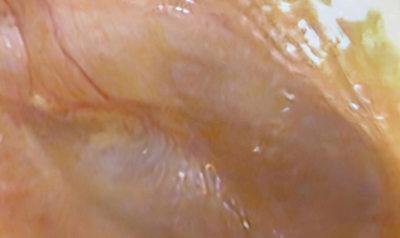Clinical manifestations and outcomes of otitis media with effusion in adult patients following Omicron infection in China
DOI:
https://doi.org/10.17305/bb.2024.10239Keywords:
Coronavirus disease 2019 (COVID-19), otitis media with effusion (OME), severe acute respiratory syndrome coronavirus 2 (SARS-CoV-2), Omicron, zero-COVID-19 policyAbstract
Within the constantly changing landscape of the coronavirus disease 2019 (COVID-19) pandemic, the emergence of new variants introduces novel clinical challenges, necessitating the acquisition of updated insights into their impacts on various health conditions. This study investigates the clinical features and therapeutic outcomes of otitis media with effusion (OME) in adults following infection with the Omicron variant of COVID-19, in the context of China ending its “Zero-COVID-19” policy. Conducted as a multicenter, retrospective analysis at two medical institutions in Eastern China from December 2022 to February 2023, the study included patients with confirmed Omicron infection who were diagnosed with OME within two months, adhering to guidelines from the American Academy of Otolaryngology-Head and Neck Surgery Foundation (AAO-HNSF). Data on demographics, time from infection to OME manifestation, associated symptoms, and treatment outcomes were collected. Among 68 patients (73 affected ears) with OME post-Omicron infection, common symptoms included cough and nasal obstruction (69.1%). All reported ear fullness, with 86.8% experiencing hearing loss. Tympanic bullae were observed in 72.6% during otoscopy, and most tympanometry results showed a B-type tympanogram (80.0%). An integrated treatment strategy led to an 83.6% cure rate, although 8.2% experienced relapse within 2–3 months. Our findings highlight OME as a prevalent ear complication associated with COVID-19 during the Omicron pandemic, underscoring the necessity for further investigation into its complexities. While the integrated treatment approach proved effective, the 8.2% post-treatment recurrence rate underscores the importance of ongoing monitoring and signals an urgent need for more comprehensive research.
Citations
Downloads

Downloads
Published
Issue
Section
Categories
License
Copyright (c) 2024 Xiangming Meng, Ying Wang, Chengzhou Han, Xiaobo Gu, Chao Hang, Jianxun Guo, Yuting Jiang

This work is licensed under a Creative Commons Attribution 4.0 International License.









